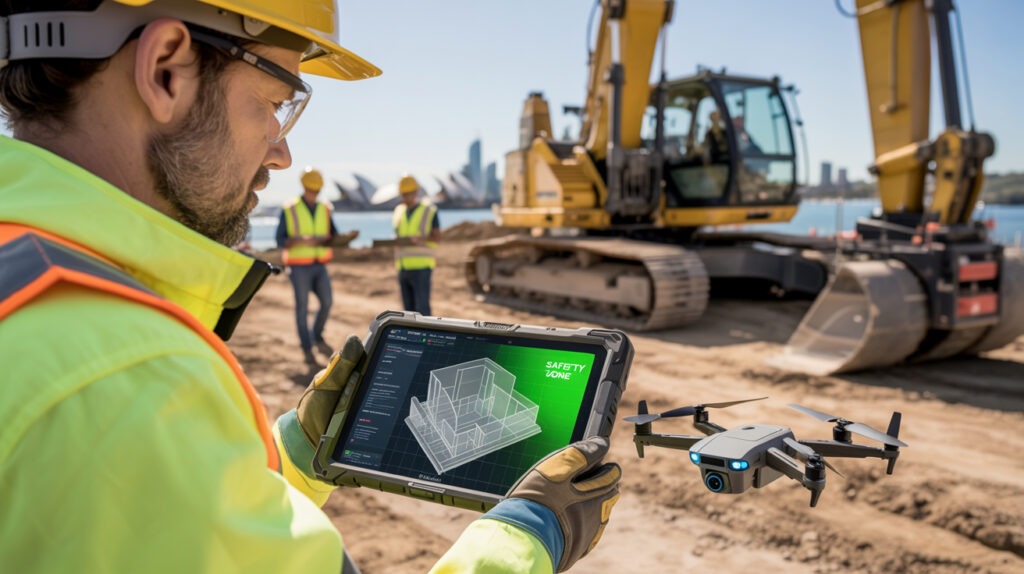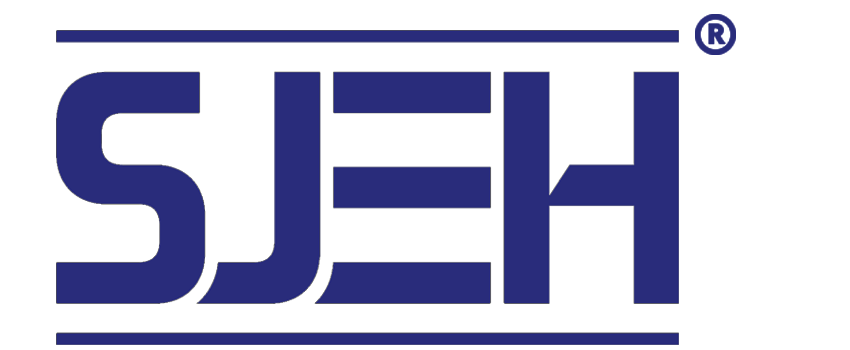The iconic skylines of Sydney, Melbourne, Auckland, and Wellington are constantly evolving, testament to the vibrant construction industries across Australia and New Zealand. While the roar of heavy machinery and the diligent work of skilled tradespeople remain central, a quiet revolution is taking place behind the scenes. Artificial Intelligence (AI), once a concept confined to science fiction, is rapidly becoming the new “power tool” for the ANZ construction sector, promising smarter project management, unprecedented efficiencies, and most importantly, significantly safer worksites.

Beyond the Buzzword: What AI Really Means for Construction
For many in construction, AI might conjure images of robots building entire structures autonomously. While robotics in construction is indeed a growing field, AI’s immediate and most impactful applications are often less dramatic but profoundly effective. At its heart, AI in construction involves using machine learning, data analytics, and computer vision to process vast amounts of project data, identify patterns, make predictions, and automate tasks that traditionally relied on human intuition and manual effort.
Think of it as an intelligent assistant that learns from every piece of information – from historical project data and real-time site conditions to weather forecasts and material prices. This learning allows AI to offer insights and solutions that human analysis alone might miss, transforming every stage of a construction project.
The Quest for Smarter Project Management
Project management in construction is a high-stakes balancing act of time, cost, and quality. AI is proving to be an invaluable ally in navigating this complexity across Australia and New Zealand.
- Predictive Analytics for Scheduling and Risk: Project delays and budget overruns are common headaches. AI-powered predictive analytics tools can analyze historical project data, weather patterns, supply chain fluctuations, and even worker productivity to forecast potential delays or cost escalations before they become critical. For instance, an AI system might flag a risk of material shortage based on past supplier performance and current market trends, allowing project managers to proactively adjust construction schedules and procurement plans. This foresight empowers better risk management and proactive decision-making.
- Optimizing Resource Allocation: AI algorithms can crunch numbers on labor availability, equipment utilization, and material delivery schedules to recommend the most efficient allocation of resources. This means the right crane is in the right place at the right time, and skilled tradespeople aren’t left waiting for materials, leading to significant cost efficiency and reduced downtime.
- Enhanced Project Monitoring and Reporting: Drones equipped with AI and computer vision are transforming site monitoring. They can autonomously fly over large construction sites, collecting high-resolution images and videos. AI then processes this visual data to track progress, identify deviations from the original plan, and generate automated reports. This real-time insight allows project managers to identify issues early, make informed decisions, and keep stakeholders updated with accurate progress reports. Imagine a weekly drone scan identifying slower-than-expected progress on a specific floor, prompting immediate intervention.
- Intelligent Cost Estimation: Leveraging vast datasets of past projects, material costs, and labor rates, AI can generate highly accurate construction cost estimates. These tools can consider numerous variables, reducing the likelihood of budget blowouts and providing a solid foundation for competitive bidding in the Australian and New Zealand markets.
Also Read: The Blueprint for Efficiency: How BIM Revolutionizes Material Takeoff
A Safer Tomorrow: AI’s Impact on Construction Safety
The construction industry, globally and in ANZ, faces persistent challenges with workplace safety. AI is emerging as a powerful tool to create significantly safer sites, moving beyond reactive measures to proactive safety management.
- Hazard Detection and Prevention: AI-powered cameras and sensors can continuously monitor worksites for potential hazards. This might include detecting workers entering restricted zones without proper permits, identifying equipment operating unsafely, or even recognizing an unprotected fall. Real-time alerts can be sent to supervisors and workers, allowing for immediate intervention and preventing accidents.
- Personal Protective Equipment (PPE) Compliance: Computer vision systems can be trained to automatically detect whether workers are wearing the correct PPE, such as hard hats, safety vests, and eye protection. Non-compliance can trigger alerts, helping site managers enforce safety protocols consistently.
- Worker Fatigue and Health Monitoring: Wearable devices integrated with AI can monitor vital signs and movement patterns of workers, detecting signs of fatigue, stress, or even potential heatstroke. This allows for timely intervention, ensuring workers take necessary breaks or receive medical attention before an incident occurs.
- Predictive Safety Analytics: By analyzing historical accident data, near-miss reports, and site conditions, AI algorithms can identify patterns and predict areas or activities with a higher risk of incidents. This allows safety managers to implement targeted preventative measures, conduct specific training, or adjust work procedures to mitigate identified risks. For example, AI might highlight that a particular type of task, combined with certain weather conditions, has led to increased incidents in the past, prompting additional safety briefings.
- Automated Equipment Monitoring: AI can monitor the operational health and usage patterns of heavy machinery, predicting potential equipment failures before they happen. This enables proactive maintenance, reducing the risk of accidents caused by mechanical malfunctions.
The ANZ Context: Driving Innovation Down Under
Australia and New Zealand, with their strong innovation ecosystems and commitment to workplace safety, are well-positioned to embrace AI in construction. Many companies are already piloting and implementing AI solutions:
- Local Startups and Innovation Hubs: There’s a growing number of Australian and New Zealand startups developing AI-powered solutions specifically for the construction sector, focusing on everything from AI-powered site monitoring to predictive maintenance for assets. This local expertise is crucial for tailoring AI solutions to the unique challenges and regulatory environments of the region.
- Government and Industry Support: Both Australian and New Zealand governments, alongside industry bodies, are recognizing the transformative potential of AI. Initiatives to support digital adoption, promote innovation, and upskill the workforce are paving the way for wider AI integration.
- Addressing Skills Shortages: AI and automation can help mitigate existing skills shortages in the construction industry by automating repetitive tasks, allowing skilled workers to focus on more complex and value-added activities. This also creates new roles in managing and maintaining AI systems.
- Sustainability Goals: AI can also play a vital role in helping construction companies meet their sustainability targets. By optimizing material use, reducing waste, and improving energy efficiency in building operations, AI contributes to a greener built environment.
Challenges and the Road Ahead
While the opportunities are immense, the adoption of AI in construction in ANZ is not without its challenges.
- Data Quality and Availability: AI thrives on data. Ensuring the collection of high-quality, standardized, and comprehensive data from various sources (BIM models, sensors, historical records) is crucial.
- Integration with Legacy Systems: Many construction firms still rely on older, disparate software systems. Seamless integration of new AI tools with existing infrastructure can be complex.
- Upskilling the Workforce: A significant investment in training is needed to equip the current workforce with the skills to interact with and leverage AI tools. This involves not just technical skills but also a shift in mindset.
- Trust and Adoption: Overcoming initial skepticism and building trust in AI-driven insights among seasoned construction professionals is vital. Demonstrating clear return on investment (ROI) is key.
- Ethical Considerations: As AI becomes more prevalent, addressing ethical concerns around data privacy, algorithmic bias, and job displacement will be increasingly important.
Despite these hurdles, the momentum is undeniable. The future of construction in Australia and New Zealand is increasingly intelligent, efficient, and above all, safer, thanks to the quiet but powerful revolution of AI. As this new “power tool” becomes more refined and widely adopted, it promises to reshape the landscape of how we build, one smarter, safer site at a time.
